#inverted invertebrate
Text
Welcome to a topsy-turvy Wet Beast Wednesday where I'm discussing one of my favorite cnidarians, the upside-down jellyfish. These are 8 species of jellyfish in the genus Cassiopea, which is the only member of the family Cassiopeidae. What makes these jellies notable is the fact that they spend most of their time lying upside-down on the seafloor.

(image: an upside-down jellyfish swimming. It has a light brown and white striped bell and multiple tentacles that are tuck and white. The tentacles branch and are lined with feathery, light brown structures)
While the majority of jellyfish are predators who drift through the water at the mercy of the currents, upside-down jellyfish have essentially become farmers. Their eight branched oral arms that contain symbiotic algae called zooxanthellae. These algae are photosynthetic and live in a mutualistic relationship with the jellyfish. The jellyfish gets food from the zooxanthellae and they get protection from predators and a place to live. Upside-down jellyfish can survive entirely on the nutrients produced by the zooxanthellae, but they will still feed on zooplankton and other small prey. Upside-down jellies are not the only jellyfish to utilize zooxanthellae, many other species also survive primarily on their symbiotic algae, but they are the only ones to have adapted the benthic lifestyle. They can reach a bell diameter of up to 25 cm (10 inches), or as one source for this stated: about the size of a pie pan.
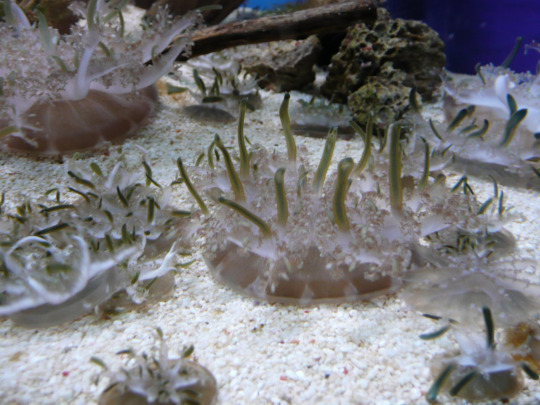
(image: multiple upside-down jellyfish lying on sand. They are ov various sizes and mostly light brown, but have thicker, green tentacles sticking op)
Upside-down jellyfish are found in warm coastal waters in Florida and the Caribbean and in Micronesia, Melanesia, and parts of Polynesia. They require shallow waters to allow enough light to reach their zooxanthellae and are usually found on shady or muddy bottoms. They are highly associated with mangroves and may play an important role in the mangrove habitats by mixing the water to recirculate oxygen and nutrients. They are rarely found alone, instead congregating in large groups that can cover portions of the seafloor. They attach by using their bells as suction cups and rhythmically pulse using the edges of the bell. This pulsing forces water over the gills and can force zooplankton into the stinging cells to become food. Stung prey will fall on the oral tentacles, where it is broken down into fragments that are then intaken through the numerous tiny oral openings on the tentacles. Interestingly, some species have cycles of reduced movement, which is believed to be the first known example of sleep in an animal without a central nervous system. While upside-down jellies can swim, they will usually only do so to escape predators or if their environment becomes unsuitable.
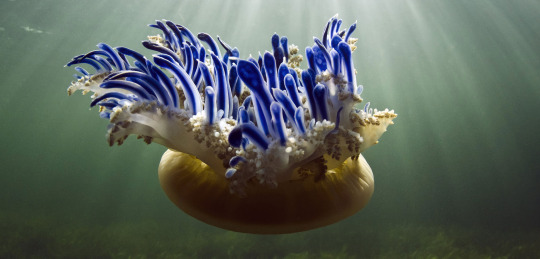
(image: an upside-down jellyfish swimming. The majority of its body is light brown, but it has many tentacles that are dark blue and outlined in white)
While a very neat thing to see underwater, many snorkelers avoid upside-down jellyfish due to a phenomenon called stinging water. This is when people will receive the symptoms of a sting by the jellyfish without actually touching it. While the cause of this was a mystery for a long time, it was solved when a 2020 paper was published in Communications Biology by Ames et al. The scientists discovered that upside-down jellies release clumps of mucus into the water. This mucus is filled with zooxanthellae and stinging cells and many of these clumps also have ciliated cells that allow for limited swimming. These clumps, named cassiosomes, are the source of the stinging water. The paper, titled "cassiosomes are stinging-cell structures in the mucus of the upside-down jellyfish Cassiopea xamachana" speculated that the cassiosomes are used for defense and feeding. The cassiosomes could be released to sting a potential predator from a distance, discouraging it from approaching the jellyfish. Presumably snorkelers trigger this defense when they swim over the jellies, resulting in stinging water. They could also be used to catch prey as zooplankton killed by the stinging cells would have a high likelihood of falling onto the jelly that released them. Because the cassiosomes have zooanthellae in them, they could survive for likely up to several days after release.

(image: a microscope image of three cassiosomes. They are irregularly-shaped blobs somewhat similar to popcorn. They are a dark color with grey outlines. Spots of green algae and white stinging cells dot their surface)
Upside-down jellyfish are threatened by habitat loss as many mangrove forests are torn down for development. They are also threatened by pollution. They are not considered dangerous to humans. The sting of an upside-down jellyfish can result in mild to severe rashes and itching, but is not lethal.
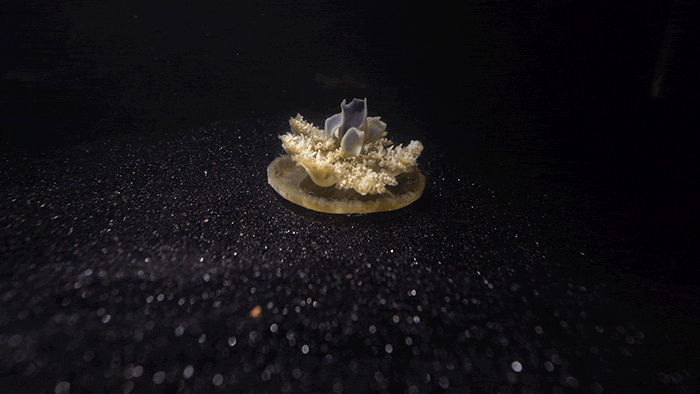
(gif: a lone, light brown upside-down jellyfish on black sediment. The edge of its flat, circular bell regularly pulse upward to move air over its gills and tentacles. This one's pulsing has slowed, which is speculated to be the result of it going through its sleep cycle)
#wet beast wednesday#upside down jellyfish#inverted invertebrate#marine biology#biology#zoology#ecology#animal facts#jellyfish#cnidarians#invertebrate
833 notes
·
View notes
Text


27K notes
·
View notes
Text
[VIDEO TAKEN: SEPTEMBER 15TH, 2023 | Video ID: A video of a black, yellow, white, and red lubber grasshopper on a piece of paper, wriggling its abdomen and opening and closing the dorsal and ventral valves of its ovipositor in a way that makes it look as if the back half of the animal is its own snapping creature /End IDs.]
Encountered this grasshopper and scooped it up with a letter! Which is about when I noticed it exhibiting this fascinating behavior! It's freaky but very interesting!
#I think that video ID is right? Lemme know#Romaleidae#lubber grasshopper#grasshoppers#Grasshopper#Orthoptera#insects#Insect#Bugs#Bug#Bugblr#Video#Videos#entomology#invertebrates#Inverts#Arthropods#Wasp House Sights
5K notes
·
View notes
Text


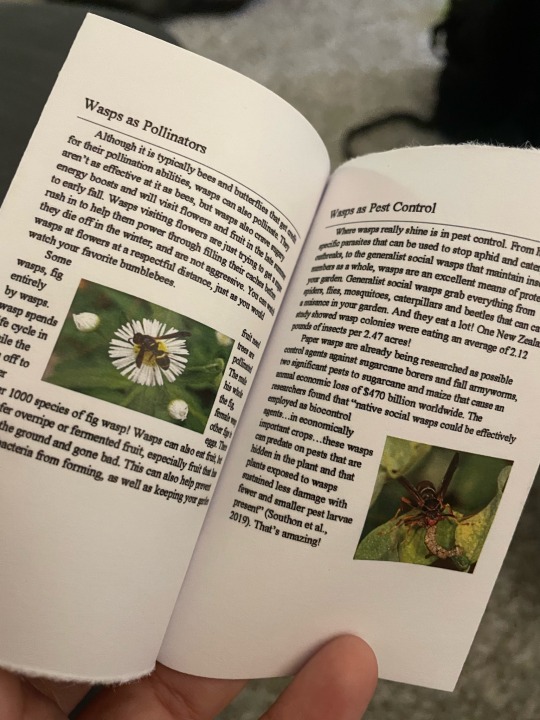
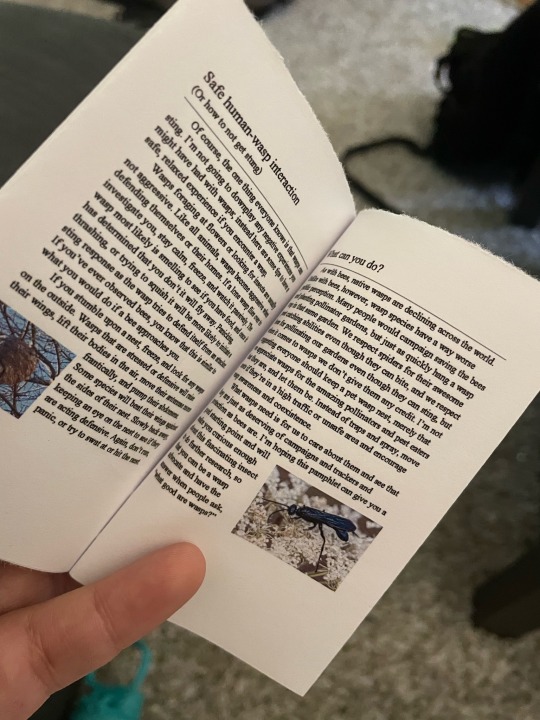
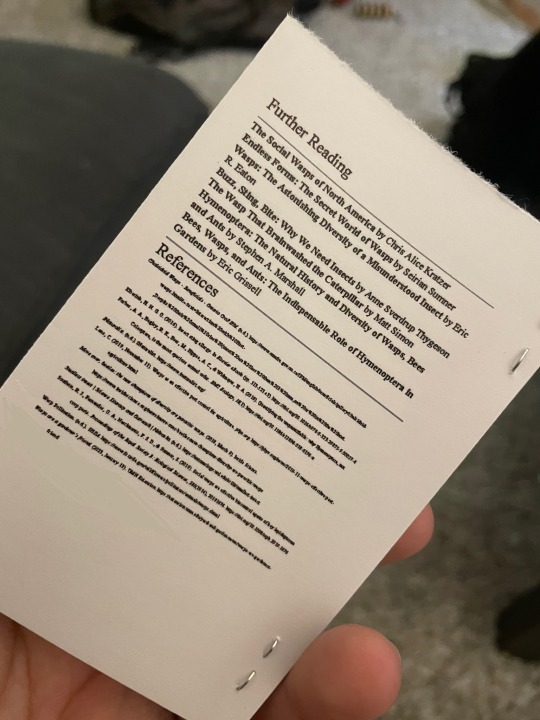
Finally got the full color version of my wasp zine printed!
Here's the full docx file if you want to read it!
4K notes
·
View notes
Text
i present to you: the beefly


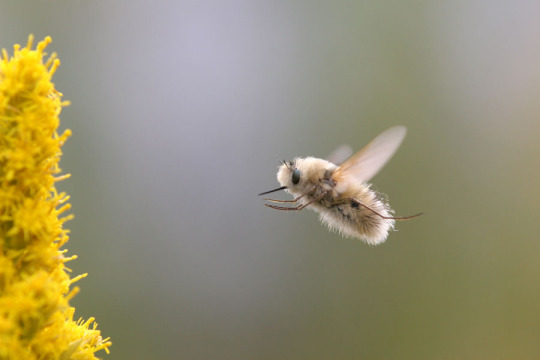
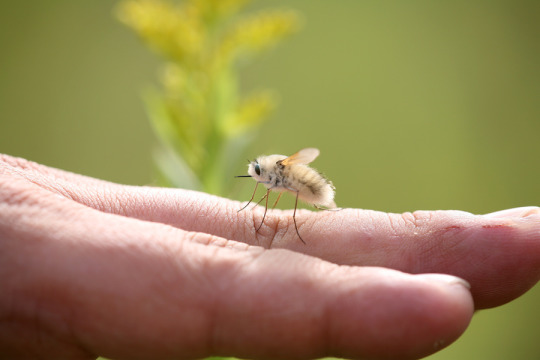


what a lovely little fellow
3K notes
·
View notes
Photo
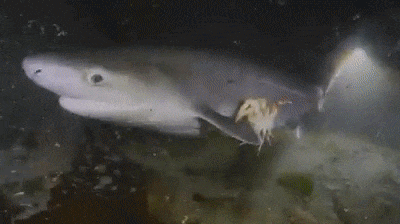
crab uber
#chondrichthyes#elasmobranch#hexanchiform#hexanchidae#hexanchus griseus#h. griseus#bluntnose sixgill shark#crab#crustacean#red rock crab#dungeness crab#invert#invertebrate#meme#shitpost#gif#puget sound#wa#washington#redondo#uber#lyft
33K notes
·
View notes
Photo





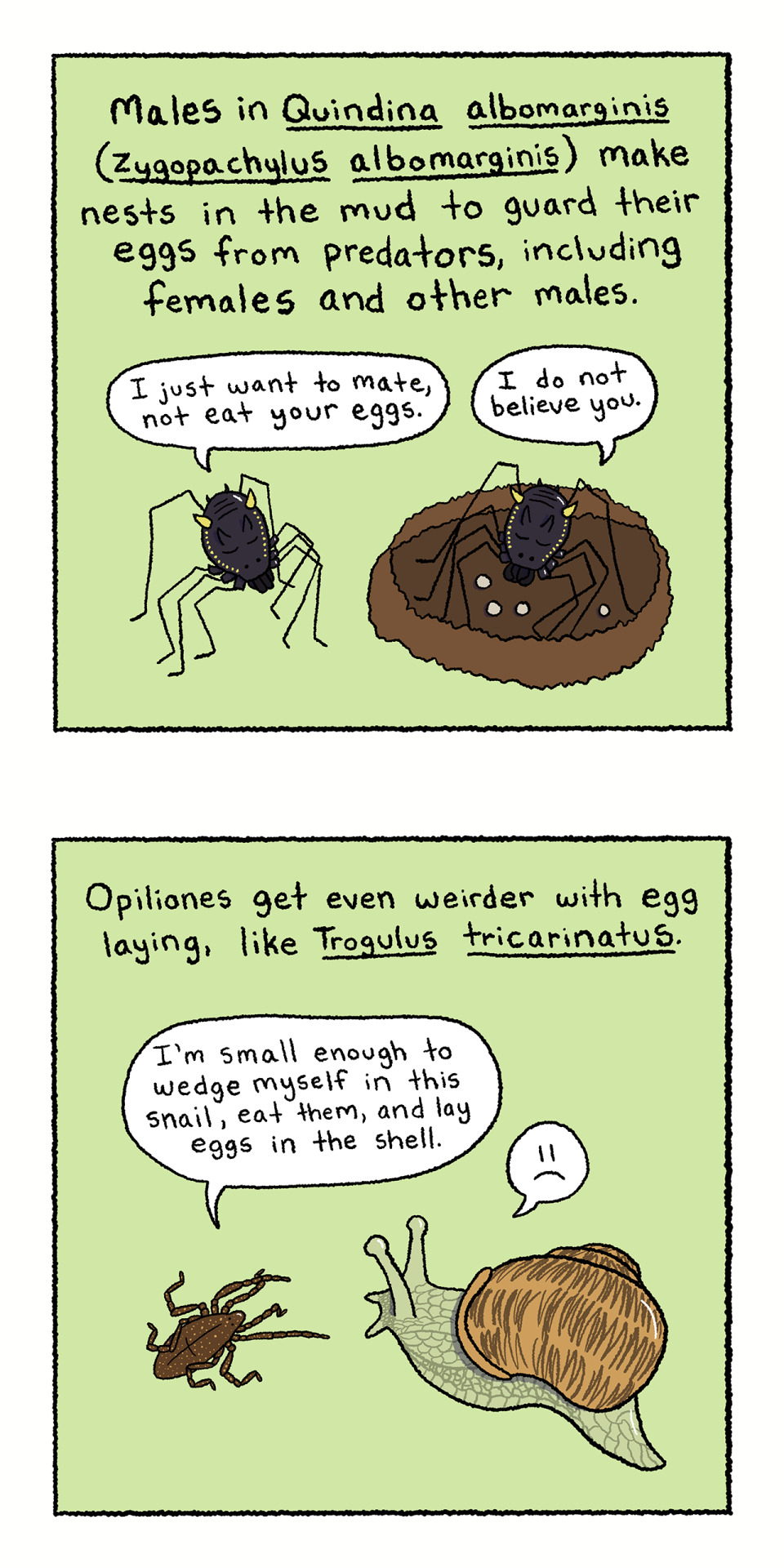
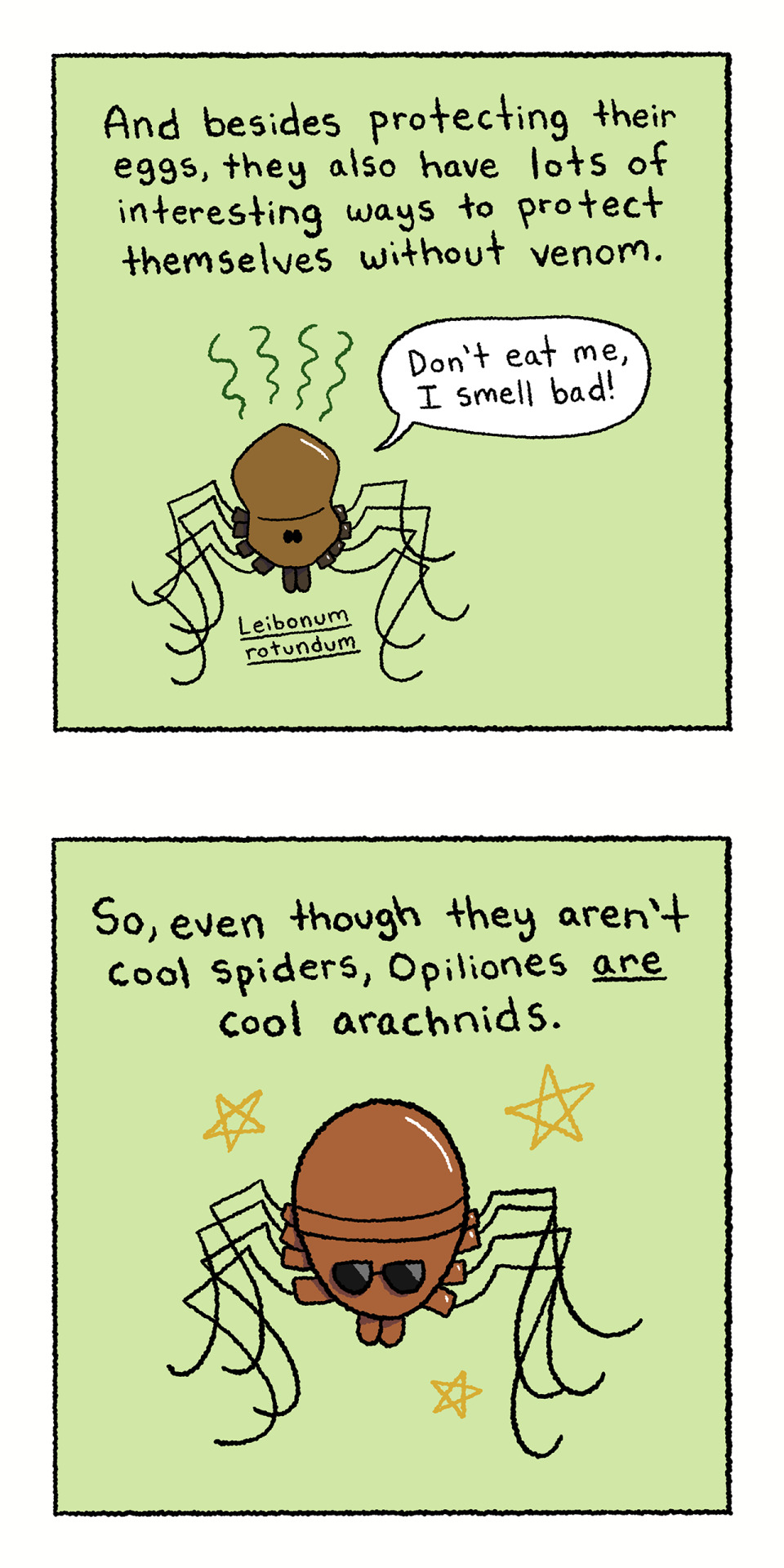
References:
Dunlop, J. A., Anderson, L. I., Kerp, H., & Hass, H. (2003). Preserved organs of Devonian harvestmen. Nature, 425(6961), 916–916. https://doi.org/10.1038/425916a
Machado, G., & Raimundo, R. L. G. (2001). Parental investment and the evolution of subsocial behaviour in harvestmen (Arachnida Opiliones). Ethology Ecology & Evolution, 13(2), 133–150. https://doi.org/10.1080/08927014.2001.9522780
Martens, J. (1993). Further cases of paternal care in Opiliones (Arachnida). Tropical Zoology, 6(1), 97–107. https://doi.org/10.1080/03946975.1993.10539212
Mora, G. (1990). Paternal care in a neotropical harvestman, Zygopachylus albomarginis (Arachnida, Opiliones: Gonyleptidae). Animal Behaviour, 39, 582-593.
Nazareth, T. M., & Machado, G. (2009). Reproductive behavior of Chavesincola inexpectabilis (Opiliones, Gonyleptidae) with description of a new and independently evolved case of paternal care in harvestmen. Journal of Arachnology, 37(2), 127–134. https://doi.org/10.1636/ST08-32.1
Shear, W. (2009). Harvestmen: Opiliones—Which include daddy-long-legs—Are as exotic as they are familiar. American Scientist, 97(6), 468-475.
#bugblr#bug art#harvestmen#comic#bugs#daddy long legs#arachnids#arachnology#science#science comic#educational comic#invert#invertebrate#snail#opiliones#outside bones
15K notes
·
View notes
Text
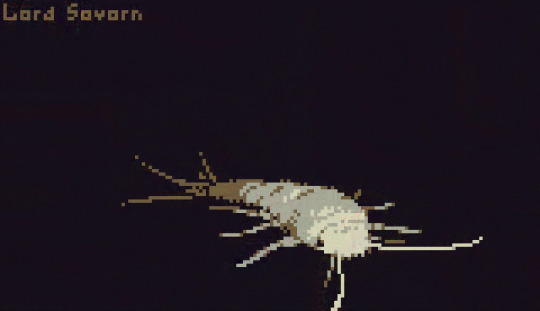
Firebrat
A scuttly little critter for #InsertAnInvert2024 - supposed to be week 1, but better late than never
This one and three next bugs in pixel-perfect quality are already in early access for my dear members on BuyMeACoffee
804 notes
·
View notes
Text
Psst. Hey. Y'all should totally vote for the Mollusc of the Year awards, which are currently open at the moment: the winning species will have its genome sequenced for free, which greatly helps out the scientists studying it. Here are this year's candidates:

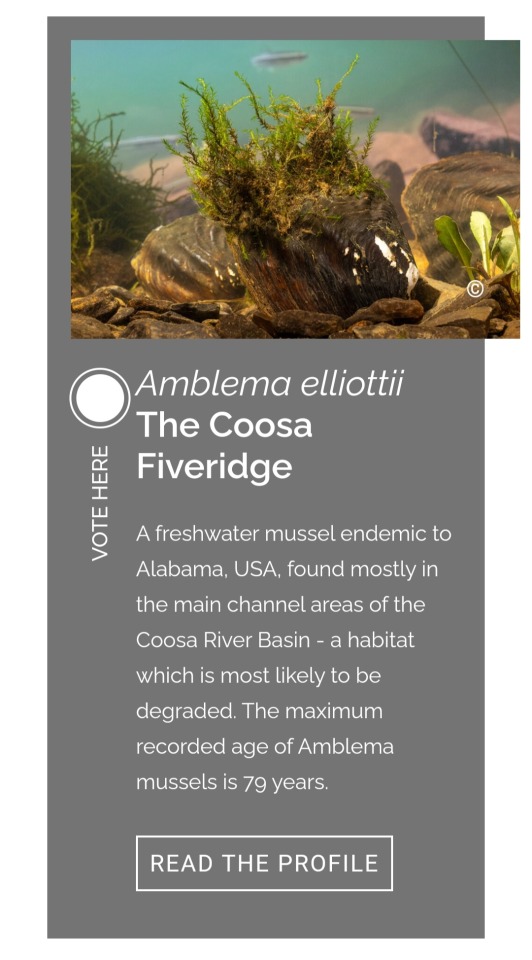
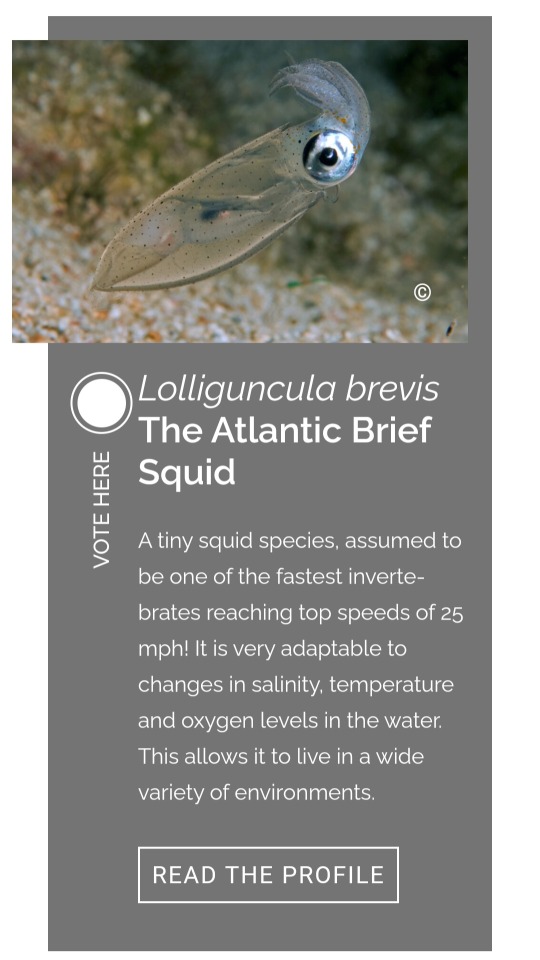
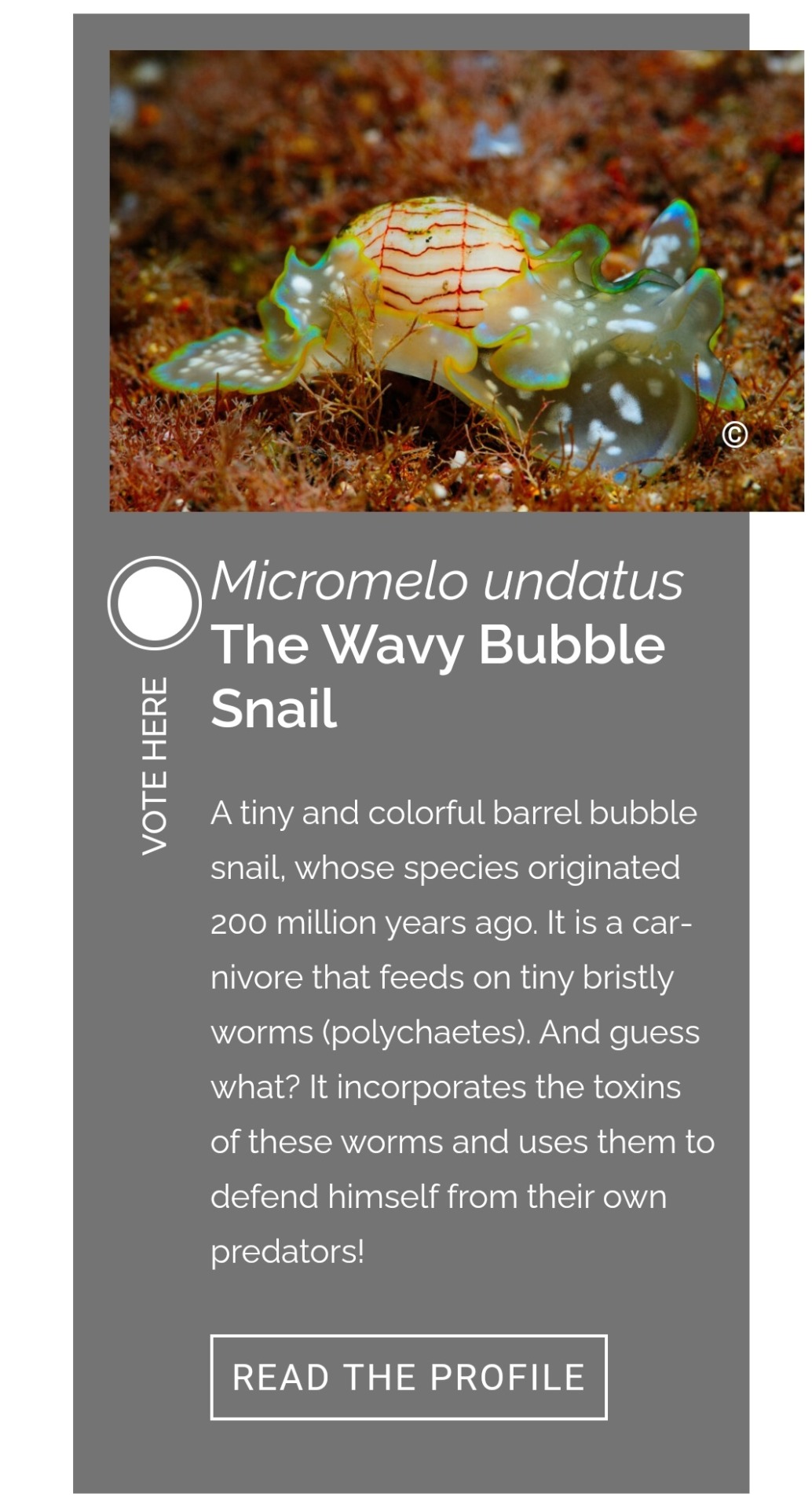

All of these guys are really cool, understudied invertevbrates, so spread the word! Its totally free, and you get to learn more about a bunch of cute underrated little guys
#molluscs#phylum mollusca#invertebrates#bugs#squid#snail#mussel#mollusc of the year#heard about it in invert bio class and had to share#i voted for the bioluminescent snail :)
728 notes
·
View notes
Text

Invertober Day 30 - leopard slug
#invertober#invertober2023#slugs#leopard slug#molluscs#gastropods#inverts#invertebrates#animals#digital#drawing#id in alt
453 notes
·
View notes
Text
exploring! (video is sped up bc they just walk. so slowly)
#blue death feigning beetle#entomology#inverts#invertebrates#exotic pets#insects#pet insect#pet bug#beetles#coleoptera#death feigning beetle#desert beetle#darkling beetle#beetle#bugblr#trypophobia
245 notes
·
View notes
Text
The Philadelphia water department is studying how best to raise freshwater mussels. Why? So they can raise an absolute shit ton and put them in our rivers. Freshwater mussels are incredibly important for filtering excess nutrients and particulates from water. By deploying a million mussels a year the water department hopes to use these critters to improve our city’s water quality! Right now they raise about 10,000 mussels a year and hope to scale up to a million a year soon!
Edit: These are native species of mussels that belong here!
1K notes
·
View notes
Text



Just a reminder that I have an Etsy shop and I could really use your support! 🪲💕
✨ Stud earrings coming soon! ✨
#insects#entomology#bugs#insect#bug#nature#bugblr#beetle#coleoptera#beetles#beaus bug biome#art#beaus bugs#insectblr#invertebrate#invert#arthropod#jewelry#handmade jewelry#bug jewelry
548 notes
·
View notes
Text



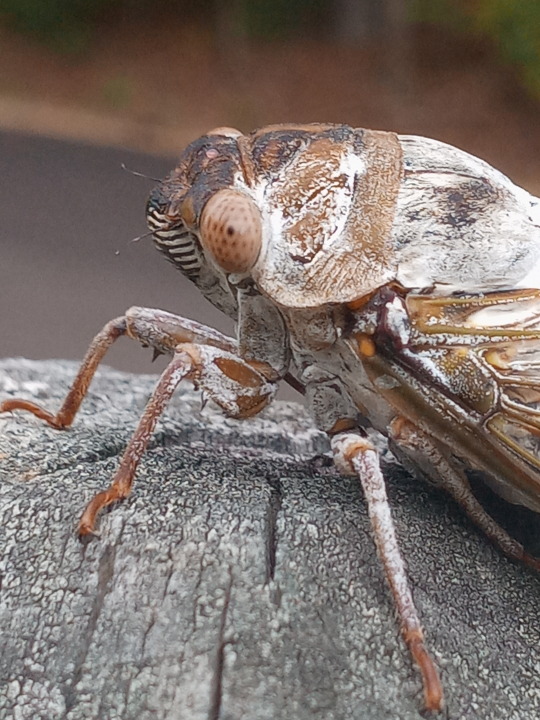
[PHOTOS TAKEN: SEPTEMBER 12TH, 2023 | Image IDs: Four photos of a grey, brown, and black cicada on the end of a brownish grey wooden post /End IDs.]
#cicadidae#cicadas#Cicada#hemiptera#True bugs#bugs#bug#Bugblr#insect#insects#entomology#arthropods#Invertebrates#Inverts#photos#photo#Wasp House Sights
776 notes
·
View notes
Text
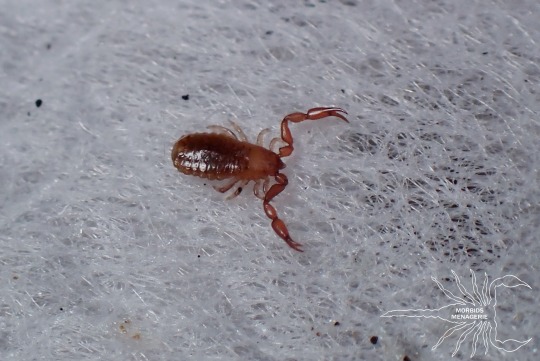


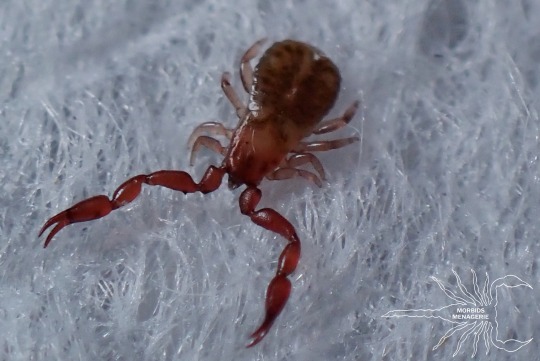






Finally got pseudoscorpions! I've been looking for these guys for a long time! Truly an amazing arachnid order.
523 notes
·
View notes
Text
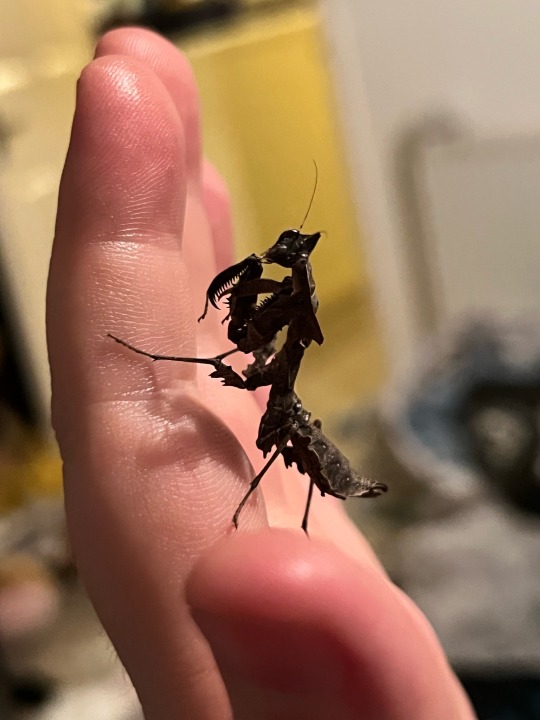

I think she’s gonna go into her final moult soon! Bittersweet, but she got a house upgrade to prepare 🥰
[id: Chicken, the dark brown Vietnamese ghost mantis, climbing around on Juniper’s hands and looking around]
#the mantises#praying mantis#mantis#bugblr#I took so many pictures but she’s too small for my phone to have focused most of them 💀#inverts#invertebrates
317 notes
·
View notes